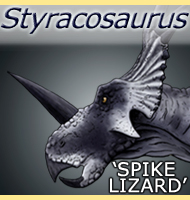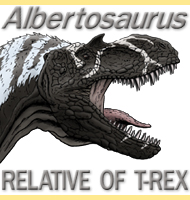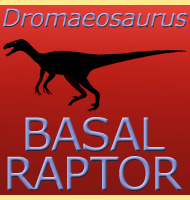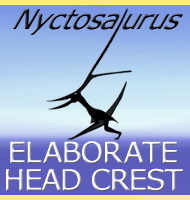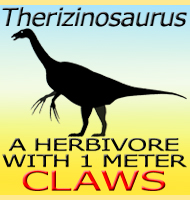


Albertadromeus
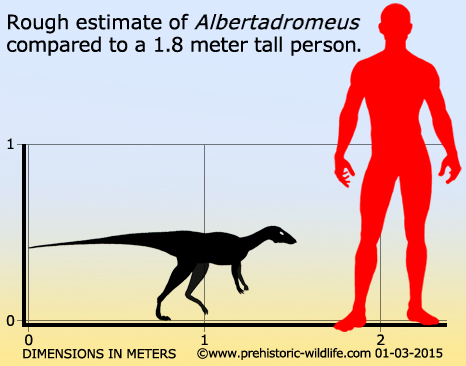
Name:
Albertadromeus
(Alberta runner).
Phonetic: Al-ber-tah-droe-mee-us.
Named By: C. M. Brown, D. C. Evans, M.
J. Ryan, A. P. Russel - 2013.
Classification: Chordata, Reptilia, Dinosauria,
Ornithischia, Ornithopoda, Thescelosauridae, Orodrominae.
Species: A. syntarsus
(type).
Diet: Herbivore.
Size: Roughly estimated about 1.5-1.6 meters
long.
Known locations: Canada, Alberta - Oldman
Formation.
Time period: Campanian of the Cretaceous.
Fossil representation: Incomplete post cranial
remains including left tibia and fibula, right fibula, fragmentary
metatarsal and ungual, caudal (tail) vertebrae and two dorsal
(back) vertebrae, cervical ribs, and ossified tendons.
Although
only described from very incomplete remains, the relatively good
state of preservation of them has allowed for the description of a new
genus, Albertadromeus. Albertadromeus
is believed to have been a
small cursorial (ground dwelling) ornithopod that roamed around on
just its two rear legs. The preserved limb elements known show that
the distal ends of the tibia and fibula (the lower leg bones) of
Albertadromeus were fused. This is the inspiration
for the type
species name ‘syntarsus’. At the time of its
description
Albertadromeus has been considered to be closely
related to the
dinosaurs Orodromeus
and Zephyrosaurus.
The
description Albertadromeus has also been used to
support the
increasingly popular idea that small dinosaurs like Albertadromeus
were
far more common in the late Cretaceous that previously thought. The
simple reasoning is that smaller animals have smaller and more delicate
bones which are less likely to survive the ravages of environmental
conditions and the mouths of hungry carnivores. Also in 2013
another small dinosaur discovery, the early pachycephalosaur
Acrotholus,
was used to support this theory.
The
Albertadromeus holotype remains were discovered in
the Oldman formation
of Canada, indicating that Albertadromeus may
have spent its time
foraging amongst other herbivores such as the hadrosaurs
Parasaurolophus
and Corythosaurus,
and ceratopsians
such as
Chasmosaurus
and Albertaceratops.
Danger however would come from
small dromaeosaurs
and troodonts
such as Saurornitholestes,
Troodon
and Hesperonychus. Bigger threats would have been
tyrannosaurs
such
as Daspletosaurus,
and while a large adult would have likely had a
very difficult time catching a small and nimble dinosaur like
Albertadromeus, younger juvenile tyrannosaurs are
noted for their
potential speed. It may be that juvenile Daspletosaurus
hunted small
dinosaurs like Albertadromeus before graduating to
larger hadrosaurs
and ceratopsians in later adult life.
Further reading
- New data on the diversity and abundance of small-bodied
ornithopods (Dinosauria, Ornithischia) from the Belly River
Group (Campanian) of Alberta, C. M. Brown, D. C.
Evans, M. J. Ryan, A. P. Russel - 2013.
----------------------------------------------------------------------------
Random favourites
 |
 |
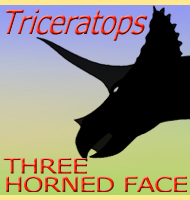 |
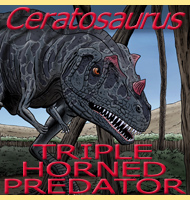 |
